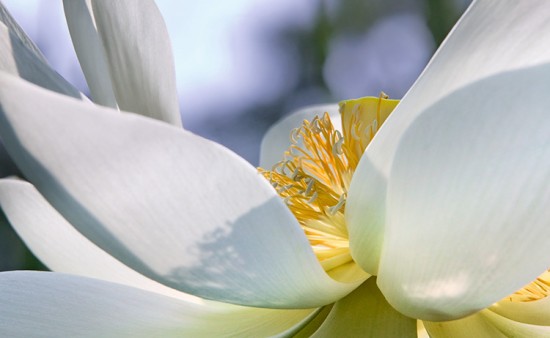This is a really sweet sweet idea. Readers were asked to submit a paragraph about how “my garden saved my life,” with an accompanying image. Here are two excerpts:
In Tune with Nature
For me, it is simply the age-old connection to the earth itself. To dig in the ground, to watch new life spring forth, to reap the rewards of beautiful plants, flowers, maybe some edible fruits, vegetables, or herbs … that is all so enriching. And time spent in my garden is time spent away from every stressful thing in my life. I don’t think of it as me being in control of anything … I think of it as me being a PART of it all. Part of the earth, part of the plants, part of the seasons. Just in tune with nature, through and through.
Battling Breast Cancer
During my recent treatment for breast cancer, being in my garden helped me immensely. Although I couldn’t do much, just being outside and taking in the flowers, vegetables and all of the critters that go with a garden made me feel better. It also helped me not to feel sorry for myself and like I was accomplishing something, even if I just planted a couple of seeds that day.
Link to iVillage here to see all 15 slides. I’m sorry about all the annoying ads. Still, if you can work around those, it’s quite a nice post.
There’s also an essay titled “The Garden Saved My Life” by Barbara Blossom Ashmun, published in the anthology The Ultimate Gardener. Here’s the author’s blog post about it.
And what about you, dear reader? If you were asked the same question, what would your answer be? We’d love to hear from you, and others probably would, too! Leave a comment and let’s see what we have to say.




























